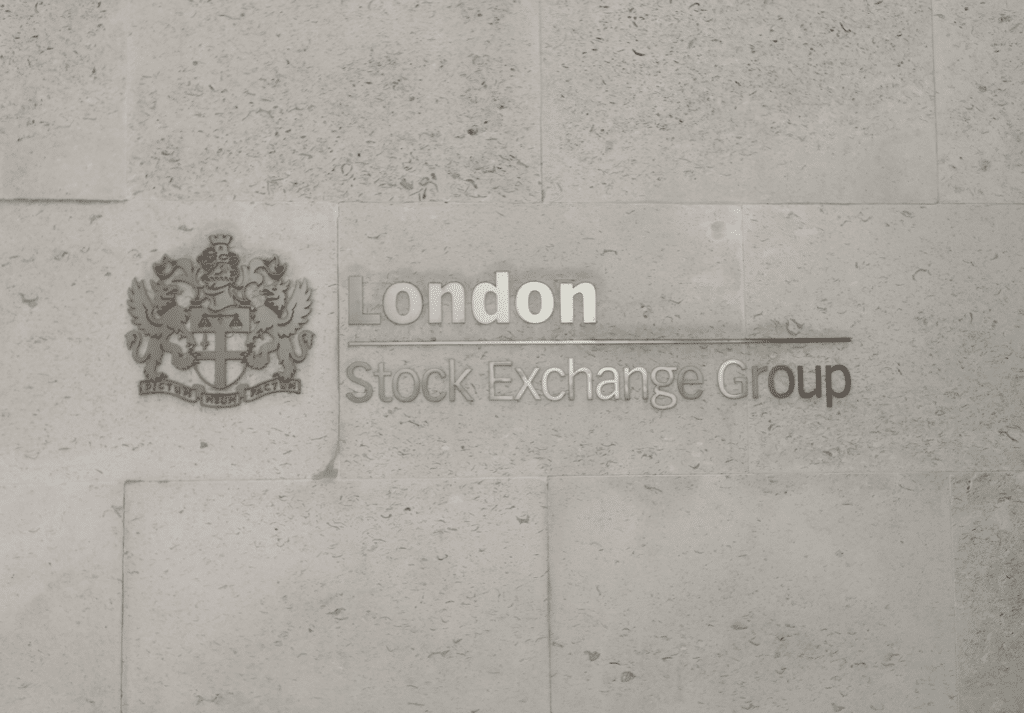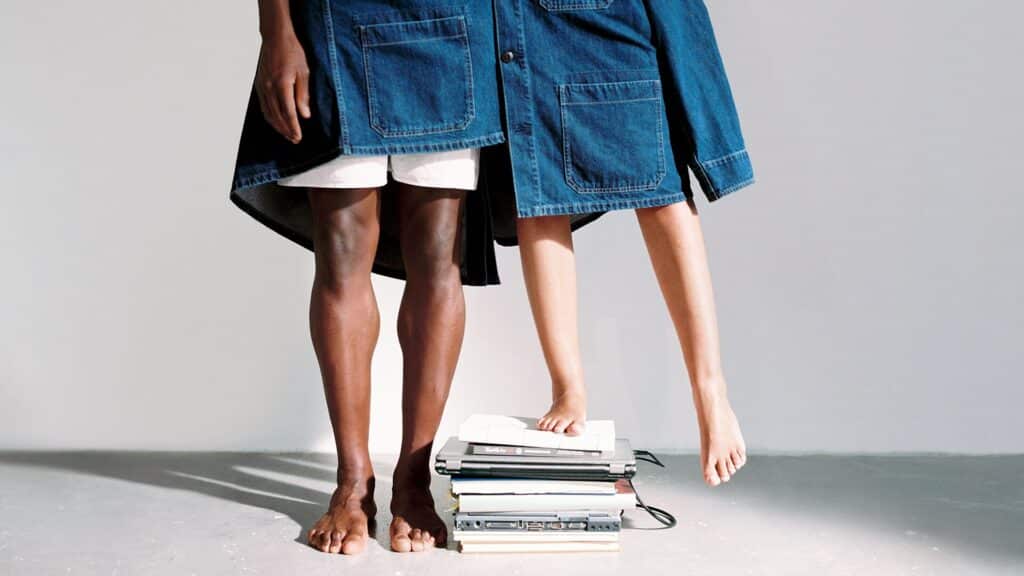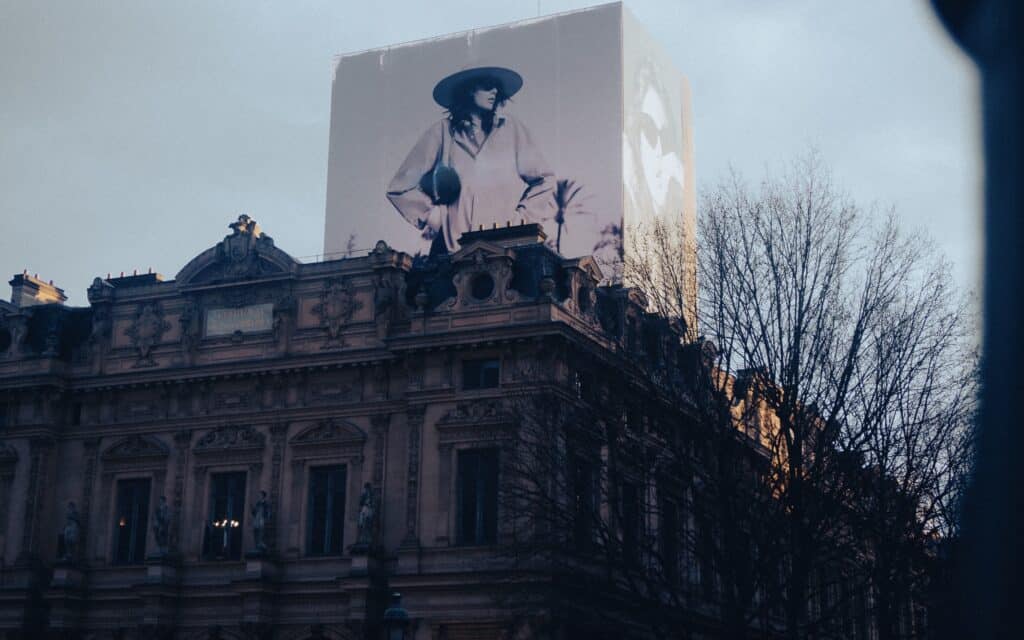Chanel announced on Thursday that it will invest $25 million dollars in a new climate change venture that intends to “take down the barriers that hinder investments in climate adaptation from being scaled up.” Developed by the World Wide Fund for Nature and Swiss-based social enterprise South Pole, the Landscape Resilience Fund (“LRF”) aims to “mobilize $100 million by 2025 for climate adaptation projects that support more sustainable agricultural and forestry supply chains, and that protect smallholder farmers in developing countries,” and revealed that Chanel will act as an “anchor investor” that will “complement finance from the Global Environment Facility’s Least Developed Countries Fund and Special Climate Change Fund.”
An “innovative fund [that] blends public, philanthropic, and private funding and provides a scalable way to finance sustainable solutions that build resilience to a changing climate,” LRF asserted in a statement on Thursday that it will “provide financing and technical assistance to small and mid-size enterprises that work with smallholders in vulnerable landscapes – such as cocoa growers and rattan harvesters – and help them access better farming materials, such as drought-resistant seeds, as well as training and finance.” By committing funds, LRF says that “companies can go above and beyond their own climate commitments, including actions to reduce their own emissions, and support climate adaptation projects with immediate impact on the ground, [and] can expand their knowledge about building climate resilience into their own supply chains.”
Speaking to its early involvement, Chanel’s Chief Sustainability Officer Andrea d’Avack stated that the company’s investment reflects its “commitment to support the most vulnerable communities and landscapes to adapt to climate change, which is vital to help build resilience in global supply chains,” and noted that “there has never been a more critical time for the private sector to step up and help close the investment gap needed for effective climate adaptation.” Mr. d’Avack echoed the newly-launched fund’s sentiment in saying that Chanel’s participation is also an “opportunity to explore different approaches and methodologies that could help advance changes in our own supply chain and business practices, as we progress on our own business transformation.”
Not exactly a stranger to the eco space, Chanel made headlines in September 2020 when it announced that a 600 million euro ($699 million) bond – which Chanel’s chief financial officer Philippe Blondiaux said at the time was the privately-held luxury goods company’s first foray into the public market – that includes provisions that link the corporate debt to specific carbon reduction targets set out by the brand. Specifically, the Luxembourg Stock Exchange-traded Chanel bond pulls in commitments made by the 112-year old brand in furtherance of the climate report that it published in March 2020.
In its Chanel Mission 1.5° report, Chanel outlines its “commitment to tackle climate change in line with the targets of the 2015 Paris Climate Agreement, namely, “decreasing Chanel’s own (scope 1 and 2) emissions by 50 percent by 2030; decreasing [its] supply chain (scope 3) absolute greenhouse gas emissions by 10 percent by 2030, and shifting to 100 percent renewable electricity in Chanel operations by 2025.” By launching the green bond, Blondiaux said that Chanel – which is expected to report its full-year revenues within the next couple of weeks – “hopes to support the development of the sustainable financing market and the wider social and environmental progress that this type of financing can advance.”
This is particularly relevant, he asserted, given that there is “a growing recognition among investors that they have a role to play in helping to tackle climate change, and we look forward to engaging with them.”
Elsewhere on the climate front, Burberry announced on Thursday that it is aiming to become “climate positive” across its supply chain by 2040, going beyond its earlier target to be net-zero within the next 19 years. The pledge is the first of its kind from a luxury brand, as most of the industry’s occupants are currently focused on climate neutrality (i.e., achieving net-zero carbon dioxide emissions). Burberry’s vice-president of corporate responsibility Pam Batty recently distanced the brand from the large-scale push towards neutrality in large part because of the reliance on carbon offset credits. It is not uncommon, after all, to see brands plan for carbon neutrality by aiming to reduce a certain level of emissions and offsetting the rest by way of carbon credits.
Ms. Batty told the Financial Times last month that Burberry “could be carbon neutral end-to-end by tomorrow if we chose to [buy more carbon offsets], but we very much believe in the need for reductions first and foremost.”
In order to achieve its newly-announced – and rather ambitious – climate positive goal, one that Burberry says that it hopes will help set a “new industry standard,” the London-based brand said in a statement that it needs to reduce carbon emissions by 46 percent by 2030 (compared to its previous aim of a 30 percent decrease by 2030), something that the brand has “been working toward through its Burberry Regeneration Fund, which was established in 2020 to support carbon offsetting and insetting projects,” WWD reported on Thursday. (As distinct from carbon offsetting, insetting refers to projects that occur within a company’s own supply chain. For example, Ecosystem Marketplace points to an initiative in which “Starbucks sources some of its beans from small-scale coffee growers in Chiapas, Mexico – an ‘inset’ project that is supported by carbon finance. Starbucks purchases the coffee, but not the offsets.”)
THE BROAD VIEW: Increasingly-powerful and influential consumers (i.e., millennial and Gen-Z individuals) are becoming more and more conscious of the toll that fashion takes on the environment, and at the same time, companies are coming face-to-face with the realities that overlooked Environmental, Social, and Governance (“ESG”) elements can have on their operations, especially in connection with their supply chains. The impact of the COVID-19 pandemic is evidence of this.
Against this background, many luxury brands are being forced to play catch-up, as while they recognize that “luxury and sustainability are one and the same,” as Kering chief executive and chairman François-Henri Pinault has put it, they have not traditionally been at the forefront of the sustainability movement. As such, many big-name brands in this space are currently looking for ways to adapt to meet consumer expectations and safeguard their bottom lines. This is taking the form of brands innovating to sustainably dispose of unsold finished products or excess materials, for instance; to engage in the steadily growing resale market (in order to contribute to the circular economy, while also controlling the impact that the resale market has on the goodwill of their brand); and/or to participate in various climate-specific initiatives.
All the while, the way that brands are communicating to their consumer base about these ESG-focused efforts and how those efforts fit into the larger brand experience is a critical element for companies to consider. As Joseph Keefer, who works in fashion brand development and creative direction, recently put it, “Overall sustainability is an important discipline to look for in your supply chain, but an even more important one to educate your end consumer about.” With that in mind, he states that companies are encouraged to “design [their] business structures to best communicate how and why [they] do things, why it is important, and how [their] community can partake.”
This is an ever-evolving aspect of the push towards sustainability by fashion brands, and one worth keeping an eye on, especially as regulators continue to intensify their attention, as well.














